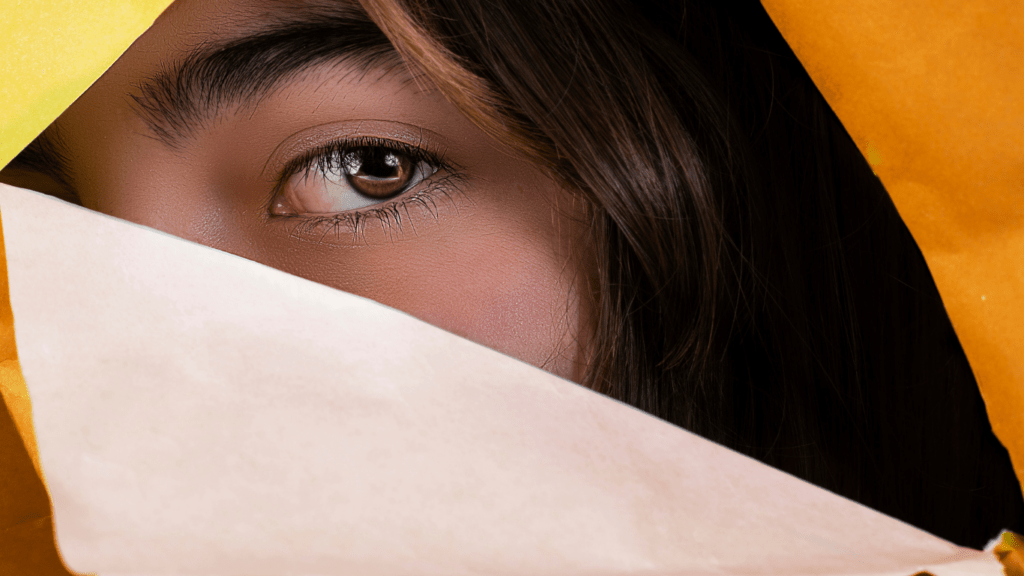There’s something undeniably intriguing about the art of peeking. Whether it’s catching a glimpse of a surprise party or sneaking a look at a friend’s phone, the thrill lies in the delicate balance between curiosity and caution.
In today’s world, where privacy is paramount, mastering this skill can feel like walking a tightrope. I’ve found that knowing how to gain insight without getting caught can be both an art and a science. It involves keen observation, a touch of stealth, and an understanding of social cues.
This article dives into the nuances of peeking, exploring techniques that can help you satisfy your curiosity while maintaining discretion. So, let’s uncover the secrets to becoming a master at gaining vision without raising eyebrows.
Overview of The Art of Peeking
The art of peeking involves discreet observation techniques that satisfy curiosity without detection. Successfully executing this skill requires a blend of awareness, timing, and strategy. I focus on developing keen observation skills that enhance my ability to notice subtle details in various environments.
Important aspects include understanding body language and social cues. These elements provide insights into when it’s appropriate to observe and when to blend in. Mastering these cues helps maintain a low profile, reducing the chance of detection.
Location selection proves vital for effective peeking. I prefer locations that offer both visibility and concealment, such as crowded places and strategic vantage points. Utilizing distractions can also enhance the likelihood of discreet observation.
Technique refinement leads to adeptness in the art of peeking. I practice remaining calm and relaxed to avoid drawing attention. This practice not only improves my observational skills but also fosters confidence in my ability to gauge situations discreetly.
By honing these skills, I maintain the ability to satisfy my curiosity while respecting others’ privacy, demonstrating that peeking can be an art form when approached with care and precision.
Techniques for Effective Peeking
Effective peeking requires a combination of subtlety and strategic choices. Mastering specific techniques enhances the ability to observe without being noticed.
- Subtle Movements: Subtlety is key in movement during peeking. I focus on making small, controlled motions to prevent drawing attention. Leaning slightly or adjusting posture creates a natural look. Keeping my hands relaxed and eliminating fidgeting helps maintain a calm appearance.
- Discreet Positioning: Discreet positioning significantly improves the chances of effective peeking. I select locations that offer a good blend of visibility and cover, such as behind corners or near obstacles. Staying in crowded spaces allows me to blend in with the environment, as the presence of others provides distraction.
Psychological Aspects of Peeking
Peeking encompasses various psychological elements, influencing how I observe without detection. Understanding these aspects can heighten my ability to navigate the delicate balance between curiosity and ethical considerations.
Understanding Human Perception
Human perception plays a crucial role in peeking successfully. I must recognize that people often focus less on their surroundings when engaged in conversation or activities. This lack of awareness presents opportunities for discreet observation.
Familiarizing myself with how others interpret body language and non-verbal cues enhances my ability to blend into situations without attracting attention. Cognitive biases, like the spotlight effect, where individuals overestimate their visibility, further contribute to successful peeking.
When I understand these perceptions, I can position myself strategically to gather insights.
The Ethics of Gaining Vision
Ethics surrounding peeking are essential to consider. While satisfying curiosity can be tempting, respecting others’ privacy remains paramount. I focus on thoughtful observation, ensuring I remain within boundaries that do not infringe on anyone’s personal space or confidentiality.
Ethical peeking involves discerning appropriate contexts and refraining from intrusive behavior. I recognize that actions must align with mutual respect and consent, promoting a practice that values insight without harm. Upholding ethics enhances my credibility and fosters positive interactions within my environment.
Practical Applications of Peeking
Peeking finds applications in various settings, enhancing observation skills while maintaining discretion. Understanding its use in social and professional environments can significantly improve interactions and insights.
In Social Situations
In social situations, peeking allows for better understanding of group dynamics. Observing body language and interactions among others provides valuable context. In gatherings, I note subtle cues like laughter or posture changes, indicating comfort levels. This insight helps me engage more effectively.
Choosing the right moment to peek, such as during transitions or breaks in conversation, increases information-gathering chances without arousing suspicion. I can gauge the mood of the group, adjusting my approach accordingly.
Remaining inconspicuous while focusing on others ensures a natural flow of conversation, resulting in smoother interactions.
In Professional Environments
In professional environments, peeking can enhance communication and collaboration. By discreetly observing colleagues during meetings or discussions, I can gather insights into dynamics and reactions.
Noticing non-verbal cues, such as hesitancy or enthusiasm, informs my contributions and strategies. I prioritize blending in during presentations or brainstorming sessions, focusing on key players’ reactions.
This method helps refine my understanding of the team’s priorities and concerns. Strategic positioning in the office, such as in common areas, enables me to absorb valuable information without being intrusive. Using peeking techniques prudently can strengthen professional relationships and foster a more cohesive work environment.


 Mistyck Winstonolie, the visionary founder of Power Gamer Strategy Hub, has carved a dynamic niche in the gaming world by blending passion with purpose. Under her leadership, the platform has become a vital source for gamers seeking cutting-edge news, expert strategies, esports insights, and thoughtful reviews. Driven by a deep understanding of both casual and competitive gaming cultures, Mistyck continues to empower players and fans alike through engaging content that informs, inspires, and elevates the global gaming experience.
Mistyck Winstonolie, the visionary founder of Power Gamer Strategy Hub, has carved a dynamic niche in the gaming world by blending passion with purpose. Under her leadership, the platform has become a vital source for gamers seeking cutting-edge news, expert strategies, esports insights, and thoughtful reviews. Driven by a deep understanding of both casual and competitive gaming cultures, Mistyck continues to empower players and fans alike through engaging content that informs, inspires, and elevates the global gaming experience.